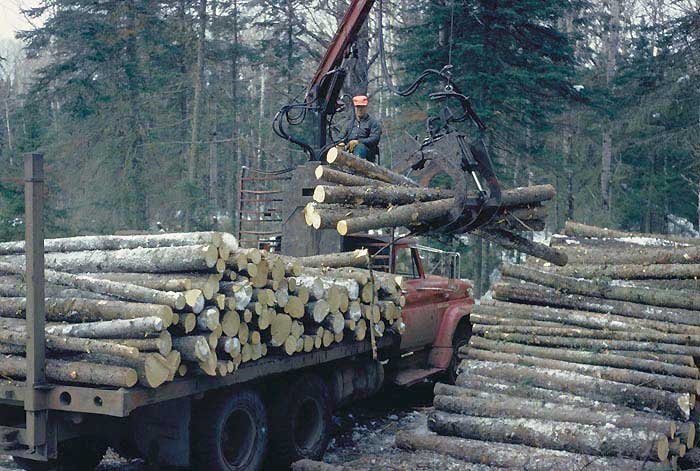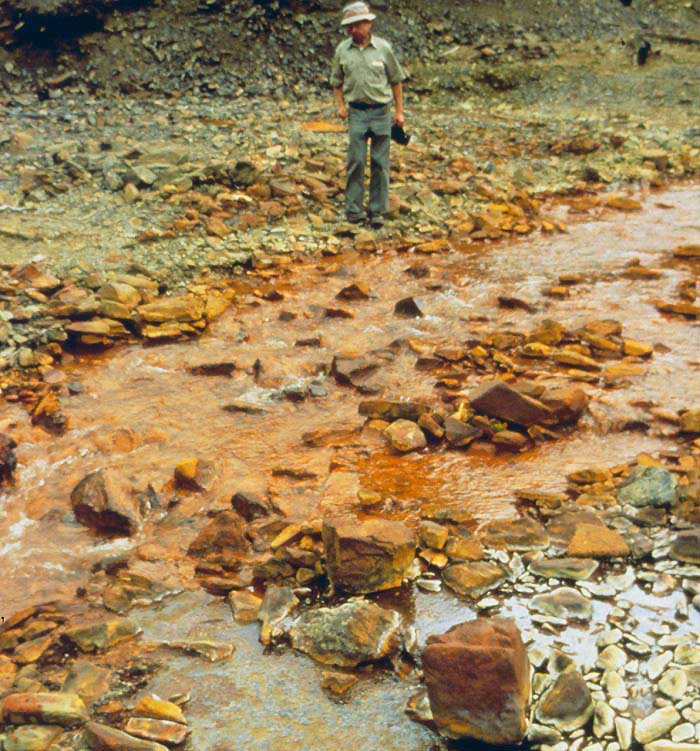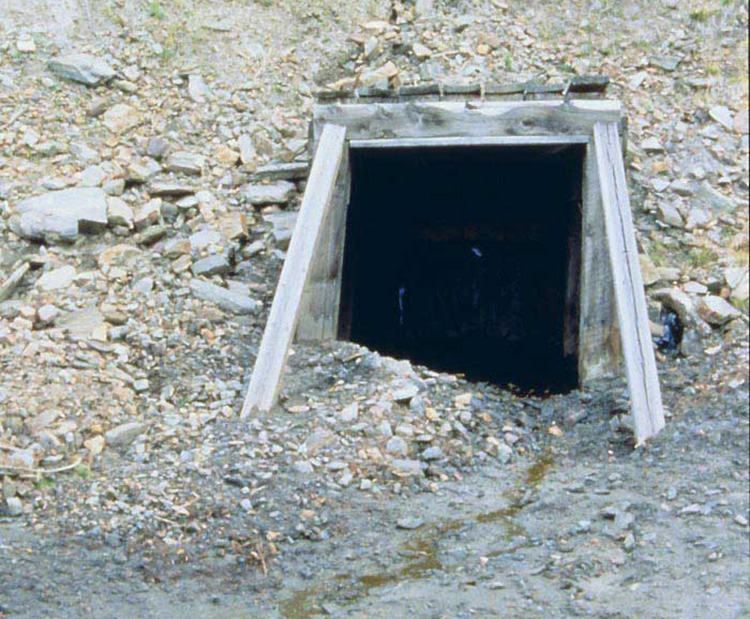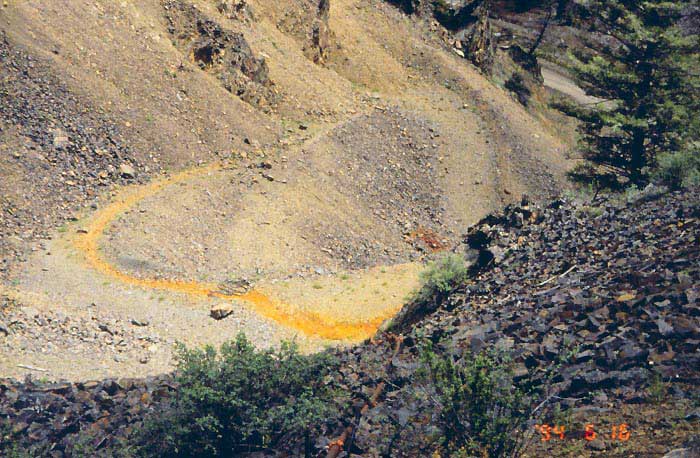Forestry and Mining Operations
Pollution Tutorial

Forestry operations such as logging can generate significant amounts of nonpoint source pollution. The heavy machinery used to remove vegetation and trees exposes the soil, increasing the risk of erosion. In addition, the improper construction and use of “skid trails” — temporary paths used to transport logs out of the forest — can contribute to nonpoint source pollution. Skid trails that are constructed against the natural contour of a hillside are especially prone to erosion.

Active mining operations are considered point sources of pollution. But drainage or runoff from abandoned mining operations often adds to nonpoint source pollution. In strip mining, for example, the top layers of soil and vegetation are removed to reveal the desired ore. If an area where strip mining occurred has not been properly reclaimed after mining activities have ended (soil replaced and graded, vegetation replanted), erosion can occur. In addition, the mixing of air, water and sulfur-containing rocks can cause chemical reactions that lead to the formation of sulfuric acid and iron hydroxide. This acidic runoff dissolves heavy metals such as copper, lead and mercury. These metals, in turn, contaminate streams and other waterbodies.

This image show s an “adit” or mine opening, at Blackbird Mine, Lemhi County, Idaho, c. 1994-1998. The water that can seep out of mine openings often is very acidic and can be contaminated with zinc, copper, or arsenic.
Abandoned subsurface mines can also contribute significantly to nonpoint source pollution. The water that seeps out of them can become very acidic. In Colorado, copper, zinc, and arsenic contamination from abandoned mines have affected several streams. In the mid-Atlantic and Appalachian regions of the United States, acid mine drainage and associated contamination from abandoned mines have also affected waterbodies.

This was the condition of the Blackbird Creek mining site in 1994. The Idaho Blackbird Creek — the yellowish streak — is on the left. This creek is devoid of life because high levels of copper have leached from the mine into the creek.
Pollution Lessons
- Welcome
- A Brief History of Pollution
- Point Source
- Nonpoint Source
- Urban and Suburban Areas
- Agricultural Operations
- Atmospheric Inputs
- Forestry and Mining Operations
- Marinas and Boating Activities
- Nutrients
- Suspended Sediments
- Pesticides and Toxic Chemicals
- Bacteria, Viruses, and Trash
- Research, Monitoring, and Assessment
- Controlling Nonpoint Source Pollution
- What You Can Do
- References
- Roadmap to Resouces
- Subject Review (PDF)
Categories of Pollution
Pollutants from Nonpoint Sources
